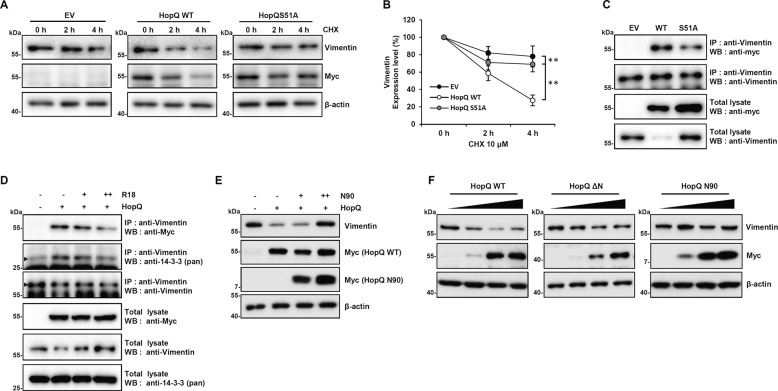Fig. 4. The interaction between HopQ and 14-3-3 affects vimentin stability.
a B16F10 cells were transfected with Myc-HopQ WT or S51A for 16 h and treated with cycloheximide (CHX) 10 μM at the indicated time points. Cell lysates were then collected for immunoblot. b Quantification of the relative levels of vimentin after the treatments described in a. (**P ≤ 0.01). The amount of vimentin was normalized to the β-actin level. c B16F10 cells were transfected with EV, Myc-HopQ WT, or Myc-HopQ S51A for 24 h. Whole-cell lysates were then harvested for IP with anti-Vimentin antibody and immunoblot analysis with anti-Myc. d B16F10 cells were transfected with EV or Myc-HopQ for 12 h and treated with R18 10 μM and 25 μM for an additional 12 h. Whole-cell lysates were then harvested for IP with anti-Vimentin antibody and immunoblot analysis with anti-Myc or anti-14-3-3. Arrowheads indicate specific bands. e B16F10 cells were transfected with Myc-HopQ with increasing doses of N90 for 24 h, cell lysates were collected for immunoblot. f B16F10 cells were transfected with increasing doses of Myc-HopQ WT, ΔN or N90 mutant for 24 h and cell lysates were collected for immunoblot.

